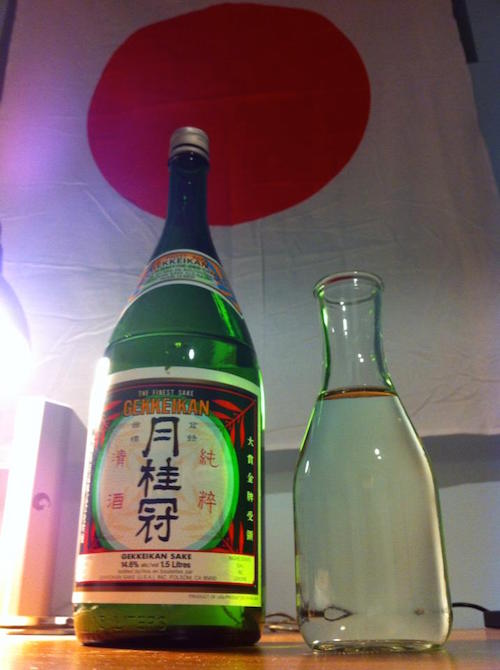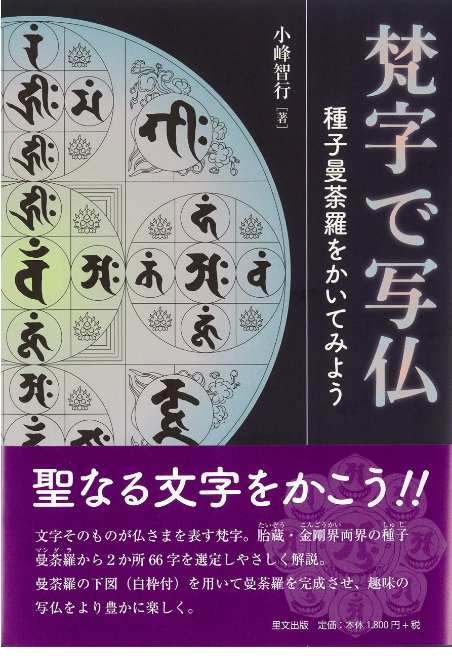14. The "Katakana Wa" Radical: 冖
There's a satisfying simplicity to 冖, the "katakana wa" radical. The two-stroke 冖 never changes shape. And 冖 serves as the on-duty radical in just four Joyo kanji, sitting atop each one:
写 (297: photograph; to copy; depict)
冠 (1097: crown; best)
冗 (1416: redundant)
冥 (2117: dark; realm of the dead)
As such, 冖 occupies the "crown" position, which is known as 冠 (かんむり) in the kanji world. (For more on this terminology, see "Radical Terms," particularly the third section, "Radical Positions.") How satisfying that the 冠 kanji features a 冠 radical!
Note that when 冖 is a mere component, it can travel to other parts of a kanji, as in these examples:
売 (192: selling)
受 (303: to receive)
亭 (1614: house)
The title of this police novel features 冠 (1097: crown) superimposed on a blazing (炎) crown (冠) of leaves. We should read the coinage 炎冠 as えんかん.
The ancient Greeks and Romans bestowed laurel wreaths on athletic champions. The wreath on this cover alludes to that sort of victor.
Photo Credit: Taisaku Nogi
The Japanese refer to laurel wreaths as 月桂冠 (げっけいかん), where 月桂 means "laurel tree," and where 桂 is non-Joyo. It's not part of Japanese culture to give victorious athletes laurel wreaths, but because they represent honor and glory, 月桂冠 makes an appealing name for a saké brewer, as shown here. The 冠 on the label has a strange shape.
What Is the 冖 Radical Called?
Someone decided that 冖 resembles ワ, the katakana wa, so the Japanese primarily call our radical わかんむり, meaning "crown like the katakana wa."
Alternatively, one could refer to 冖 as べきかんむり, with べき being one on-yomi of this non-Joyo kanji:
冖 (ベキ, おお(う): to cover)
Note the meaning "to cover." That explains why English speakers refer to the 冖 radical not only as "katakana wa" and "wa-shaped crown" but also as "cover."
The Shape in the Past
These seal-script versions of characters are all courtesy of Richard Sears:



Left to right, the images correspond to the following kanji:
写 (297: photograph; to copy; depict)
冠 (1097: crown; best)
冥 (2117: dark; realm of the dead)
Wow, it's hard to spot the likenesses between the old and new shapes!
Collectively, the images show that the radical once enclosed characters. Since then, the shape has shrunk so that it "protects" only the tops of kanji. It's as if they used to wear full armor and now sport only bike helmets!
But there's more at work here. Note the doohickey (yes, that's the official name) atop the first image. Indeed, the newer edition of Henshall indicates that after the radical shrank to the top, the traditional form of this character became 寫, which included 宀 (radical 40: "roof"). In that context, the radical meant "roof, dwelling." Only later did the dot drop off, leaving 冖 as the radical and 冩 as the character. Eventually that turned into the much simpler 写.
Similarly, the traditional form of 冗 (1416: redundant) once had a 宀 crown, which meant "roof, building," according to Henshall. Unfortunately, Sears has no old images of that character.
By contrast, where 冠 (1097: crown; best) now features a 冖 radical, it once had a 冂, as you can see in the old image in the middle. Henshall says that that 冂 meant "cover."
In the same vein, the top of 冥 (2117: dark; realm of the dead) used to be 冂. Henshall again defines that as "cover." He cites scholars who explain that either the cover was being pulled down to black something out or that the whole character was originally a pictograph depicting a "cover over the face of a deceased person."
Distinguishing Between 冖 and Other Radicals
We've seen how similar 冖 is to 宀, which is radical 40 ("katakana u"). Here are other radicals that bear a passing resemblance to 冖:
radical 13: the "upside-down box" radical 冂
radical 16: the "table" radical 几, as in the bottom of 冗
radical 20: the "wrapping" radical 勹
radical 50: the "cloth" radical 巾
The largest writing on this book about the Sanskrit script gives us a sampling of some aforementioned radicals:
• The non-Joyo 梵 (Sanskrit) includes 几 (radical 16: "table"). Sources differ as to whether 几 or 木 (radical 75: "tree") is on duty in 梵.
• The 字 (28: character, letter; word) kanji includes the off-duty 宀 (radical 40: "katakana u"), with 子 (radical 39: "child") as the on-duty radical.
• Then we have 写, which of course features 冖.
Here's how the title translates:
「梵字で写仏」
Tracing Sanskrit Letters That Symbolize Buddha
梵字 (ぼんじ: Sanskrit script); 写仏 (しゃぶつ:
tracing a Sanskrit letter that symbolizes Buddha)
「種子曼荼羅を書いてみよう」
Try Drawing a Mandala Consisting of Sanskrit Letters
Symbolizing Buddhas and Bodhisattvas
種子 (しゅじ: Sanskrit letter symbolizing a Buddha or Bodhisattva); 曼荼羅 (まんだら: mandala); 書く (かく: to draw)



